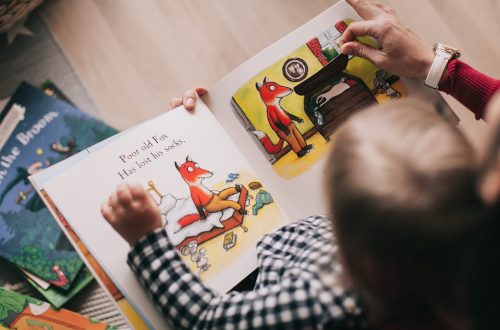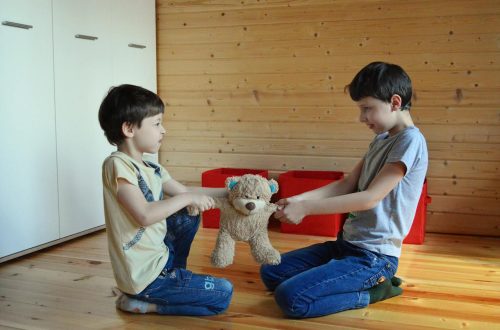Parenting Hacks for Managing Screen Time
- Set Clear Time Limits:
Establish daily or weekly screen time limits, and stick to them. Use a timer if necessary. Setting boundaries ensures that screen time doesn’t interfere with other important activities like homework, outdoor play, or family time.
- Designate Screen-Free Zones:
Make certain areas of the home, like the dining room or bedrooms, screen-free zones. This encourages face-to-face interaction during meals and promotes better sleep habits.
- Lead by Example:
Model good screen habits by managing your own screen time. If your children see you constantly on your phone, they’re more likely to mimic that behavior.
- Use Educational Apps and Games:
When screen time is allowed, choose apps or shows that are educational or promote critical thinking. There are plenty of kid-friendly apps that focus on learning skills while still being fun.
- Incorporate Screen Time into Learning:
Turn screen time into an educational opportunity by watching documentaries, educational YouTube videos, or interactive science apps. You can join in and discuss what you learn together.
- Schedule Screen Time After Tasks:
Make screen time a reward for completing important tasks like homework or chores. This motivates kids to be productive and creates a balanced daily routine.
- Have Device-Free Days:
Declare one day each week as a device-free day for the entire family. Use this time for other activities like outdoor adventures, family board games, or crafts.
- Monitor Content:
Regularly check what your children are watching or playing. Ensure the content is age-appropriate and in line with your family’s values. Many devices have parental control features that can help.
- Co-Watch and Discuss:
Whenever possible, watch TV shows or play video games with your kids. Use this as an opportunity to discuss what they’re seeing, teach them about media literacy, and bond over shared experiences.
- Encourage Creative Screen Use:
Instead of passive screen consumption, encourage kids to use screens creatively. For example, they can learn coding, create digital art, or make their own videos and animations.


